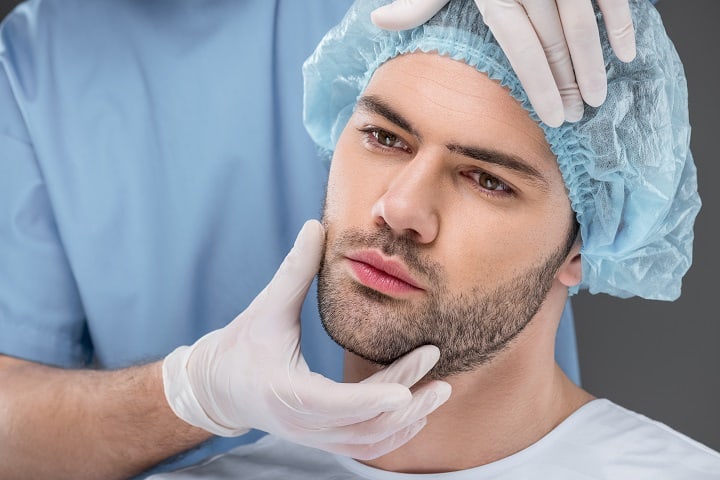
Hair Transplants for Eyebrows and Beards – 2024 Guide
When people hear about FUE hair transplants they usually think about people who are going bald having hair follicles grafted into the scalp where hair has been lost. Head hair transplants can be done provided enough hair is left in the donor site, which is why you should not wait too long to have the work done. Such hair transplants are a common occurrence, but what many people do not realize is that a hair transplant can also be used to help with other problems including eyebrows and beards, and such procedures are commonly done at places such as the Vera Clinic.
The most popular hair transplant procedure is the Follicular Extraction Unit, or FUE, procedure in which individual follicular units are removed from a donor site and then grafted into a place where hair is missing. The FUE can be used to transplant hairs for the scalp and for eyebrows and beards.
Why a person may choose an eyebrow hair transplant procedure
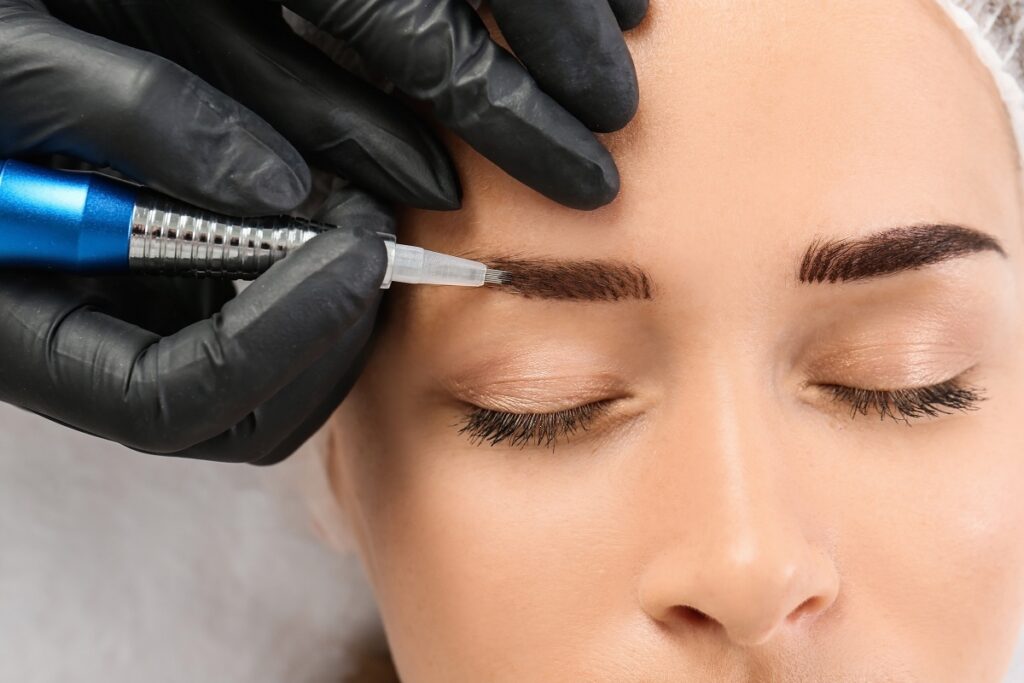
The eyebrows are an important feature of your face, they help to express emotions such as surprise and anger, and they frame and accentuate your eyes. The value of attractive eyebrows is often underestimated, but people in the beauty industry have recognized the importance of beautiful brows.
A person may need work done on their eyebrows after trauma has caused loss of hair. It can also be due to somebody accidentally plucking too many hairs out of the eyebrows while trying to manually thin them. People may also want to shape their eyebrows in a particular way, which can be done to some extent with makeup, but the results often look fake and need to be repeated often.
Conditions such as alopecia areata can on occasion cause hair loss from the eyebrows as can certain medical treatments. Alopecia areata is an autoimmune disease that often causes hair to be lost in patches on the head, and can also cause loss of other body hair, including the eyebrows.
Medical treatments such as chemotherapy often lead to hair loss because of the toxicity of the drugs used to fight cancer. It is best to consult with a hair loss specialist before taking any further steps, and they can advise on how long you should wait to see if any of the hair grows back. For some people, hair may regrow, but this often depends on what chemotherapy drug was used because some drugs are more toxic than others and can result in permanent hair loss from both the head and eyebrows.
How eyebrow transplants are done
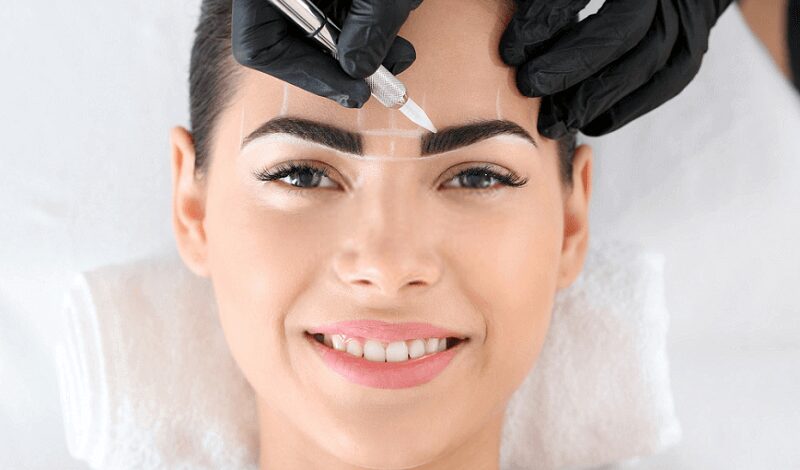
When it comes to eyebrow transplants it takes precision work and hairs need to be grafted not only at the correct depth, but also the correct angle. This is why the procedure normally takes at least 5 hours to complete.
The average eyebrow contains between 250 and 400 hairs, and a transplant can help thicken up eyebrows that appear to be very thin. Eyebrow transplants can also work well to shape the brows.
The doctor will inject a local anesthetic and extract the fine hairs from elsewhere on your body. Hair donor sites for eyebrow transplants are usually behind the ears, and sometimes hair from the upper regions of the thigh hair can be used.
Microscopic needles are used to carefully graft the hair follicles into the eyebrow region. The recovery time is short and you probably can return to normal activity after 2 days. Shock loss is common and this is when the newly grafted hairs shed, and can take place after about 2 weeks. This is part of the process, and soon in a couple of months, the hair will grow in.
FUE transplants for beards
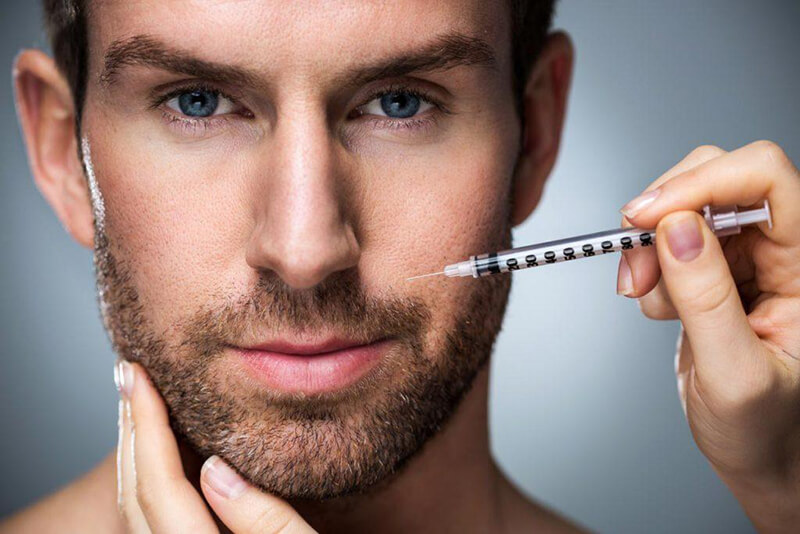
The FUE is a procedure that can also be used for men who want a thicker beard. Not every man is able to grow a beard easily, and certainly, facial hair is important in certain cultures and religions. A beard is often viewed as an indicator of masculinity and can help in the case of a man who feels that he looks more like a boy than a man. It can help to improve a man’s self-confidence and self-esteem.
A beard is also useful in hiding any scarring due to problems on the face. For instance, a man who has had skin cancer cut out of the face may become self-conscious due to scarring. A beard can completely cover any sign of the surgeries that have been done.
In the case of a beard transplant, donor hair can be removed from the back of the scalp; this is similar to the situation when scalp hair is being transplanted. You can usually see the results after about 4 months and by 8 months you should have a nice, thick beard in place.
There may be some discomfort immediately after the procedure such as some swelling and pain, but your doctor can prescribe medication to help with any adverse effects. Generally, the results of a beard transplant are good with very few people noticing complications. Recovery is usually quick and you can return to everyday activities soon.
How to qualify for eyebrow or beard transplants
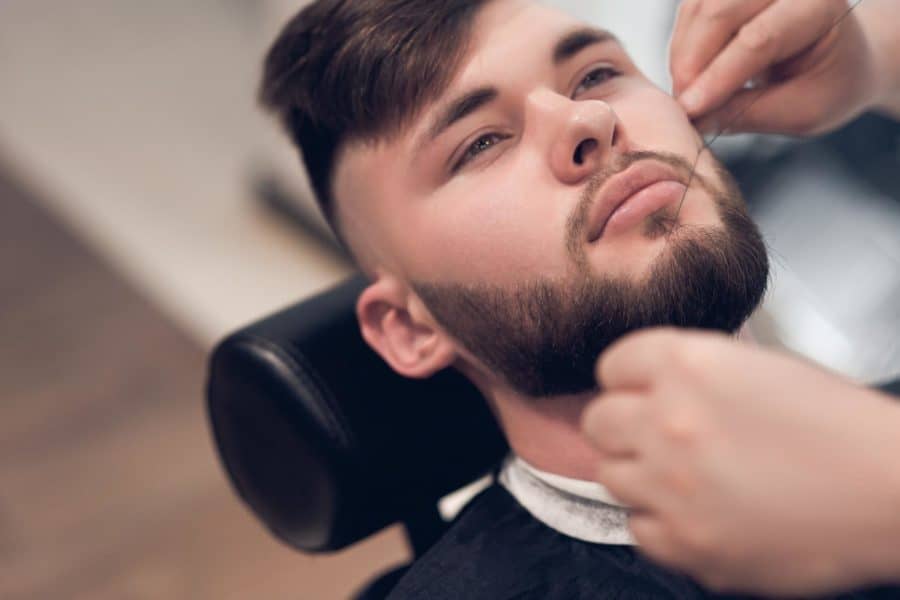
Not everyone will qualify for eyebrow or beard transplants. In both cases you need to be healthy since being in poor health increases the odds that you will have complications and a longer recovery time. Although both of these two procedures are minimally invasive, the skin is being cut and tissues are being exposed during the process.
For beard transplants, you have to have enough remaining hair at the back of your head to have this procedure done. This is because this is where hair is extracted surgically for implanting to form the beard. If your level of baldness is high and there are only a few hairs left at the back of your head then there will not be enough for the doctor to harvest. In the future, it may be possible to grow new hair follicles from stem cells in the laboratory, but that day has not arrived yet.
